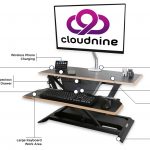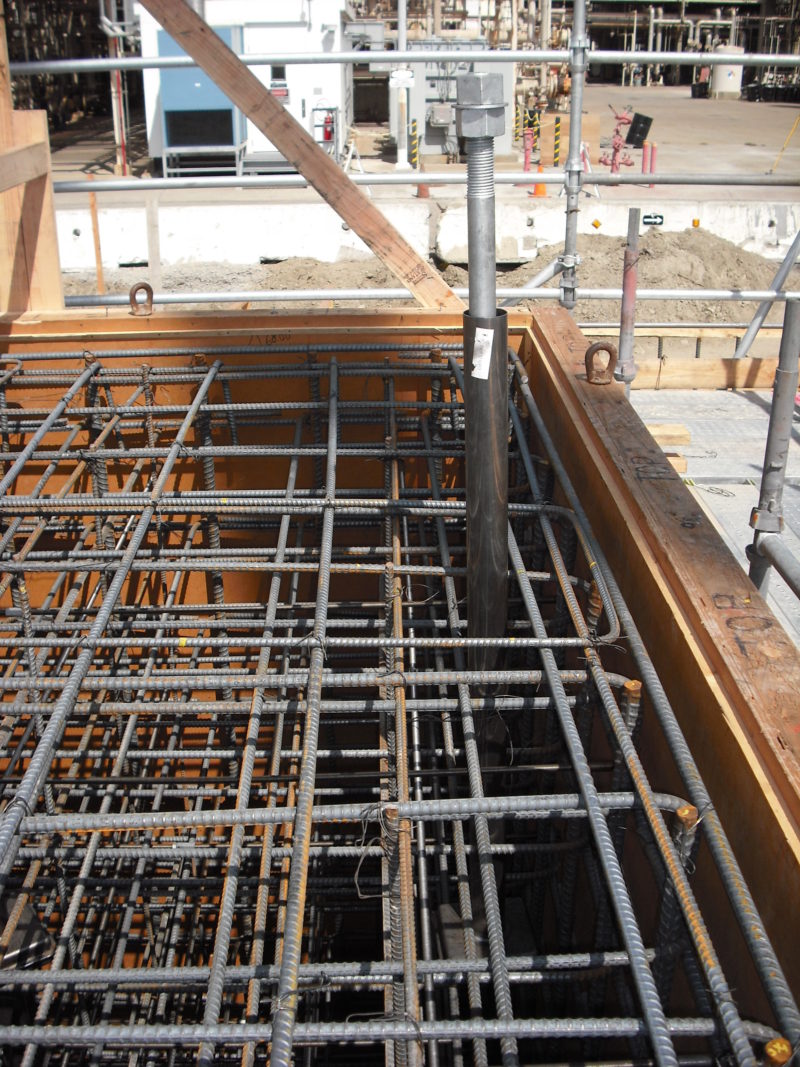One of the major problems in the manufacturing sector is the constant wear and tear of tools, especially the ones made of metal and steel. The reality has made industry owners spend a huge amount of money to replace machines parts. Whether the machines and tools are in the mining industry, power generation or even in agriculture sectors, constant tear and wear are inevitable. Fortunately, A.J. Weller, a world leader in wear technology, has been at the forefront of challenging wear and tear reality through well-thought technology. The company is part of the solution-making trend, which is primarily interested in improving the industrial world.
How Does Tear and Wear of Metal/Steel Parts affect Industry Operation?
Although it is a natural property for steel and metals to wear and tear, the process comes with many effects. First, tear and wear is economically expensive. It is a reality that metal parts are relatively pricey to other machine parts. Constantly replacing these parts comes with an added cost of production. Second, constant tear and wear expose the workers to industrial accidents. When the parts are unchanged on a regular basis, machine possesses huge risks to people working and the other expensive machines.
Advantages of Treatment in Making Steel and Metal Stronger
There are tons of advantages in making steel and different metal stronger. Some of these advantages include the following.
It is one-step to Durability
Durability is important in the manufacturing and extraction industry. It is the dream of every manufacturer or extraction industry owner to minimize cost on replacements. With steel and metal treatment, durable spare parts are not farfetched. The durability of steel after treatment means that the metal and steel parts are safe from corrosion and aging. The two are notorious for less metal life in the industry setting.
Treatment Makes Steel and Metal Better When Exposed to High Temperatures
High temperatures are one of the basic definition of an industry setting. The high temperatures, however, are one of the reasons why most industry owners incur a lot of production cost due to the heat effect on metal and steel. With treatment, however, an industry can save a huge chunk of money because reinforced steel and metal parts are able to function well under extremely high temperatures.
Reinforced Metal and Steel Parts are Resistant to Chemical Reactions
In a basic manufacturing or extraction industry, chemicals are widely used. These chemicals are, however, collusive with the metal and steel surfaces in the industry. Reinforcing metal and steel is one-step to more chemical resistant surfaces. What treated metals and steel parts do is to alter the components of metals and steel with an aim of reducing reaction between the chemical and the machine parts.
Reinforced Steel and Metal Parts are Easy to Clean
In an industry setting, cleaning is one of the ways of improving safety and machines longevity. Unfortunately, an ideal industry setting with typical metals and steel is hard to clean. With reinforced steel and metal parts, however, cleaning is possible. It is possible to clean machine and drastically reduce bacteria breeding spots.
Reinforced Metal and Steel Parts Translate to Less Operational Costs
After all the above factors are implemented, a profitable industry in terms of operational cost is possible. Treated metal and steel means fewer accidents, less chemical reactions, more durability and better resistant to high temperatures.
Processes and Treatments of Metal and Steel
Treatment in metal and steel surfaces is the process of improving the surfaces to match the desired nature. There are different ways in which processes that are typical to improving metal and steel surfaces. Some of them include the following.
The typical Heating and Softening Processes
In this particular treatment method to steel and metal, the piece is subjected to different levels of temperatures either to extract a particular element or to infuse another element. The process is highly risky if not done in an appropriate way.
Treatment through Composite Technology
This is the most advanced level of reinforcing and treating metal and steel surfaces. Unlike heating and softening processes, this particular process is highly industrialized. There is proportional mixing of different alloys to make a light, durable and cheaper alternative to the typical steel and metal surfaces. Unlike the previous process, composite technology is accident-free because it is done in a controlled setting using modern tools.
















